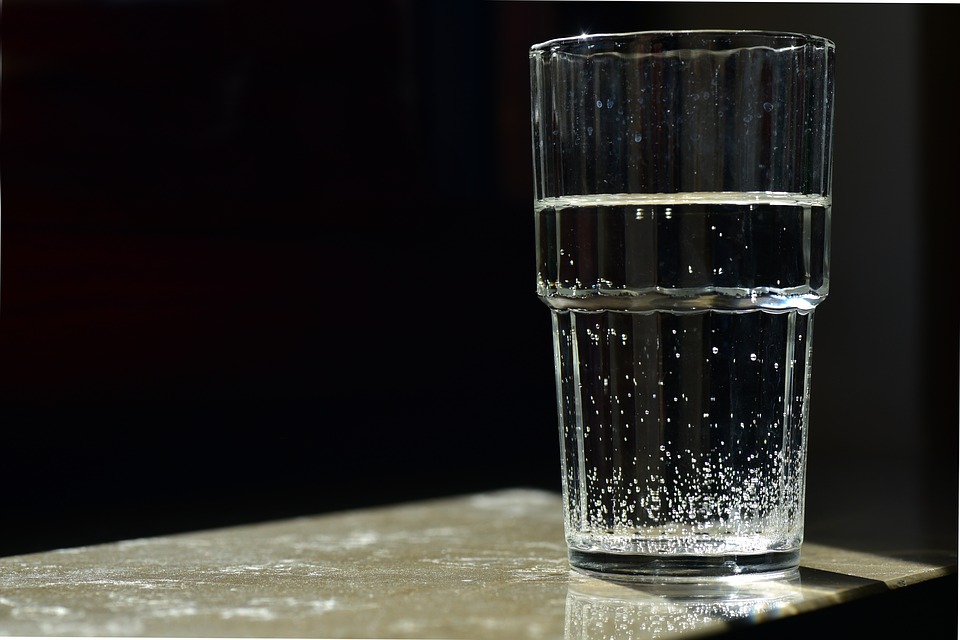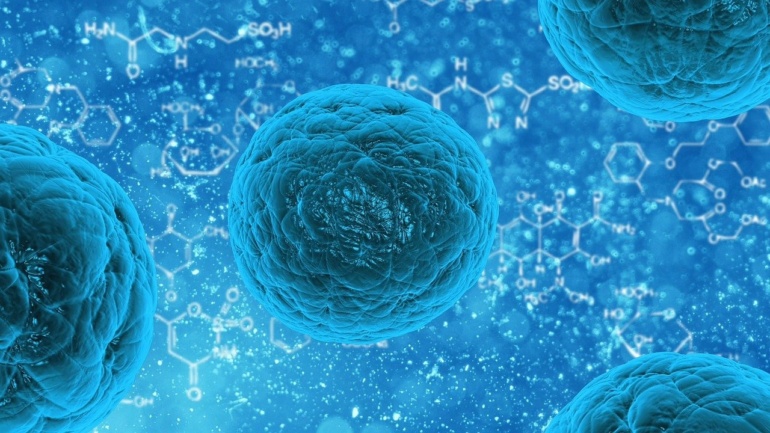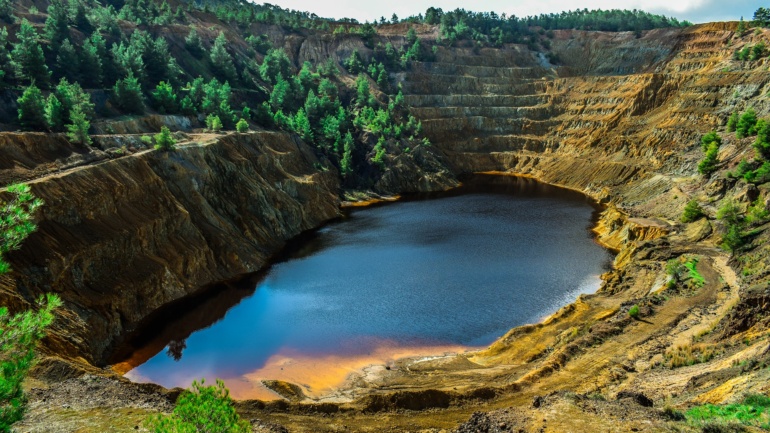By Albert Garcia, Staff Writer & Researcher for Save The Water™ | May 30, 2018
Do You Think Your Water Is Safe?
Take one good look at the glass of water on your table. Do you think it is pure and free from harmful bacteria? We all assume that the water we drink daily is safe for human consumption. Sure, the water we sip with our dinner may taste normal or may have a clear appearance that suggests purity. But there is more than meets the eye when dealing with bacteria in our drinking water. Water may look safe but can contain many chemicals and harmful toxicants. Consuming tainted water can have severe health effects, including death. There are many types of bacteria that can come into contact with our drinking water. Let us take a brief look at some of them.
The Bacteria In Our Water
Campylobacter jejuni causes the infection campylobacteriosis. Its symptoms include fever, diarrhea, and cramps and can appear within 2 to 10 days after exposure.1 Campylobacter may be in water such as private wells, especially after flooding. Infected people and animals excrete this bacteria in their feces. As a result, this bacteria moves with human waste and can enter water through:
- – Sewage overflows
- – Sewage systems that aren’t working properly
- – Untreated stormwater runoff
- – Runoff from farms2
Next, we have escherichia coli, commonly known as E. Coli. E. coli’s symptoms include diarrhea, abdominal pain, fever, nausea, and vomiting. All these symptoms appear 1 to 8 days after exposure.3
Another bacteria that contaminates water is Legionella Pneumophila. It is a type of bacteria that causes a serious infection known as legionellosis or legionnaires disease.1 Muscle aches, coughing, high fever, and shortness of breath are accompanying symptoms. Luckily, legionnaires disease is not contagious. Only drinking contaminated water transmits this disease. This bacteria is found in potable and nonpotable water.4
Yet another bacteria is salmonella. Like other bacteria, it is present in both food and water. Salmonella takes 1 to 3 days to have symptoms such as fever, headache, chills, diarrhea, pain, and nausea. According to the Center for Disease Control, this infection is more common in the summer months of June, July, and August.5
A Virus and A Parasite
Giardia Lamblia is a parasite which causes giardiasis, which is an intestinal infection. This leads to diarrhea, gas, nausea, and cramps. “Giardia lamblia is most commonly found in recreational water.”1 It can take 1 to 2 weeks for giardiasis to incubate. Like Campylobacter and E. Coli, Giardia Lamblia is passed in the feces of an infected animal or person.This parasite has an outer shell that allows it to live outside the body for months. Over the last 30 years, people have recognized Giardia infection “as a common cause of waterborne disease in humans in the United States.”6 Worldwide, Giardia causes infections. Giardia cause infections worldwide.6
Now, let’s turn to Hepatitis A. This virus will cause serious infections that give way to nausea, stomach pain, fatigue, fever, jaundice, and dark urine. Hepatitis A has a prolonged incubation period. As a result, symptoms don’t appear until 28 days after exposure. Hepatitis A is a contagious liver disease that results from contracting Hepatitis A.7 Again, this disease spreads when a person ingests fecal matter, even in “microscopic amounts.”7 Because of this, this contact can come from drinks, including water.
Who Decides When the Water is Safe?
Generally, nobody wants to get sick or poisoned from water that is dirty and contaminated. As a result, safety precautions protect our drinking supply to prevent and to detect compromised water. Now, in the United States, the Environmental Protection Agency (EPA) regulates public water supplies. Therefore, public water suppliers must test regularly for bacterial contamination. Also, the public water supplies must provide water that delivers a certain standard, that it is up to par and safe for human consumption. The EPA designates zero total coliform per 100 milliliters of water as a rule of thumb.8 A safety standard exists to protect consumers from a mass water contamination outbreak. The EPA will notify the public if such an event occurs. After that, the proper steps will be taken to ensure the water is safe to consume.
How do You Treat Water for Bacteria?
Now, we have many ways to treat bacteria in water. Let us see how ultraviolet radiation, chlorination, and distillation play a role in safeguarding us.
First, ultraviolet radiation works by exposing water to a light source emitted from a lamp. Three factors determine the percentage of organism killed by UV treatment:
- – Intensity of the UV light
- – How long the water has contact with the UV light
- – How many suspended solid particles are in the water9
Ultraviolet radiation has been used for more than 75 years to treat water supplies. UV light is both odorless and tasteless. Also, it is effective within seconds. Another key advantage of this type of treatment is that chemicals are not introduced into the water supply.9
Next, chlorination works by disinfecting bacteria in water. For this method, the water supplier must put chlorine in water. “Chlorine disinfection is a point-of-entry treatment that kills pathogens, including certain viruses and bacteria.”10 Also, chlorination can provide residual disinfection throughout the water distribution system in a household. A longer exposure time to water with chlorine will provide effective results in eliminating bacteria from water. Chlorine can either come in a dry powder pellet form or in a liquid form.10
Last, distillation is one of the oldest methods of treating contaminated water. This method requires boiling water, which produces steam. After that, the steam is collected and then cooled back to water “in a separate chamber.”11 Generally, this method is used for drinking water or special uses. Distilled water is nearly pure and removes over 99.9 % of dissolved materials.11
What Can We Do To Protect Ourselves from Contaminated Water?
The following are ways that you can protect yourself from contaminated water:
- – Purchase a water testing kit if you suspect your water is compromised.
- – Contact your local, county, or state public utilities department if you have found a contaminated water source or if you think your water is unsafe to consume.
- – Be wary of drinking water from your bathroom and kitchen sinks.
Don’t drink tap water, especially while traveling abroad. - – Pay attention to your body if you feel sick from consuming water from an unknown source and seek medical attention.
- – Wash your hands thoroughly and frequently if you come into contact with contaminated water or a contaminated water source.
References
-
- Blue Earth Products. “Types Of Waterborne Pathogens Found In Your Water System.” http://www.blueearthlabs.com/maintenance-cleaning/types-of-waterborne-pathogens-found-in-your-water-system/
- Centers for Disease Control and Prevention. “Campylobacter and Drinking from Private Wells.” https://www.cdc.gov/healthywater/drinking/private/wells/disease/campylobacter.html
- Centers for Disease Control and Prevention. “What is Escherichia coli 0157:H7?.” https://www.cdc.gov/healthywater/drinking/private/wells/disease/e_coli.html
- Legionella.org. “About the Disease.” http://legionella.org/about-the-disease/what-is-legionnaires-disease/is-it-contagious/
- Centers for Disease Control and Prevention. “Questions and Answers: What is Salmonella?” https://www.cdc.gov/salmonella/general/technical.html
- Center for Disease Control and Prevention. “What is giardiasis?” https://www.cdc.gov/healthywater/drinking/private/wells/disease/giardia.html
- Center for Disease Control and Prevention. “What is Hepatitis A?.” https://www.cdc.gov/healthywater/drinking/private/wells/disease/hepatitis_a.html
- Extension. December 8, 2010. “Drinking Water Contaminant-Bacteria.” http://articles.extension.org/pages/31551/drinking-water-contaminant-bacteria
- Extension. January 4, 2011. “Drinking Water Treatment-Ultraviolet Radiation.” http://articles.extension.org/pages/32309/drinking-water-treatment-ultraviolet-radiation
- Extension. December 17, 2010. “Drinking Water Treatment-Chlorination.” http://articles.extension.org/pages/31573/drinking-water-treatment-chlorination
- Extension. December 6, 2010. “Drinking Water Treatment-Distillation.” http://articles.extension.org/pages/31572/drinking-water-treatment-distillation





